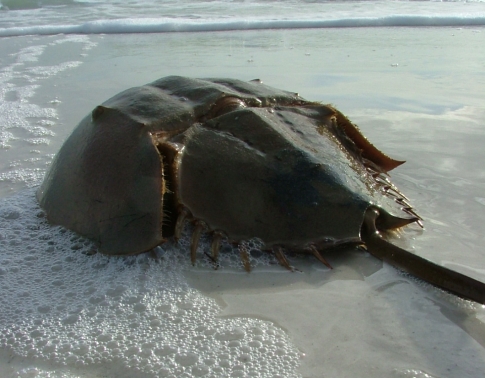

The term “living fossil” is an imperfect concept, which has caused much consternation among paleontologists and biologists as they have sifted through the fossil record over time. It is meant to describe an organism that has remained relatively unchanged over millions of years, or one that has no, or very few, close surviving relatives. The concept is an informal window into the past, a way for us to consider species as they may have been millions of years ago by observing their modern descendents.
Creationists seize upon the phrase in its most rigid form, pointing to species that have apparently not evolved for a great deal of time as evidence that evolution does not exist. This, of course, is where the very literal definition of a living fossil gets us into trouble—no species alive today has followed a flat line of evolution since it first appeared however many millions of years ago. Not even the famed coelacanth is the same now as it was when it arrived in the fossil record 410 million years ago.
When Charles Darwin first coined the phrase, he was referring to the way in which evolution can slow to a crawl because of an environment in which competition is minimal. If a species is not constantly having to adapt to survive, it will have little need to change. Still, some scientists would rather see the term fade into the historical record like so many dodo birds, for the way it is often misapplied. So the moniker “living fossil” is a guideline at best, and a tool used against science at worst. With all those caveats in mind, then, let’s take a closer look at some of the plants and animals which have for one reason or another come to be considered living fossils.











